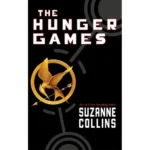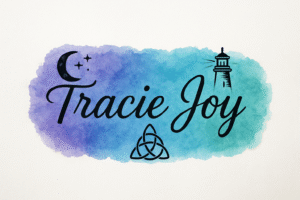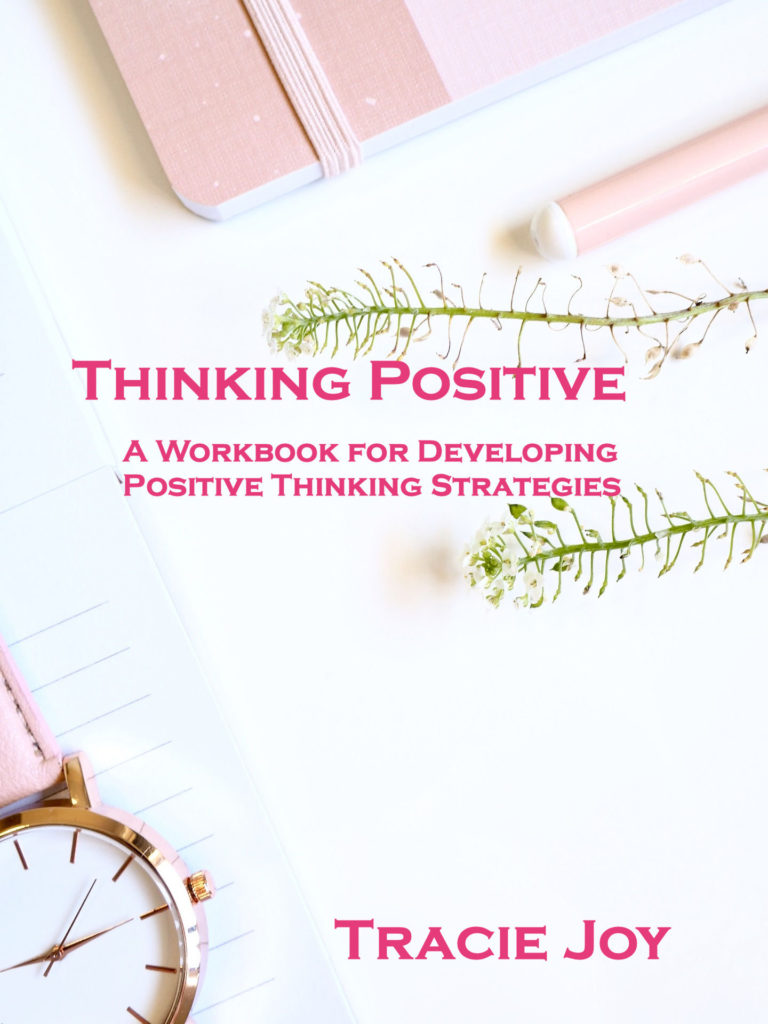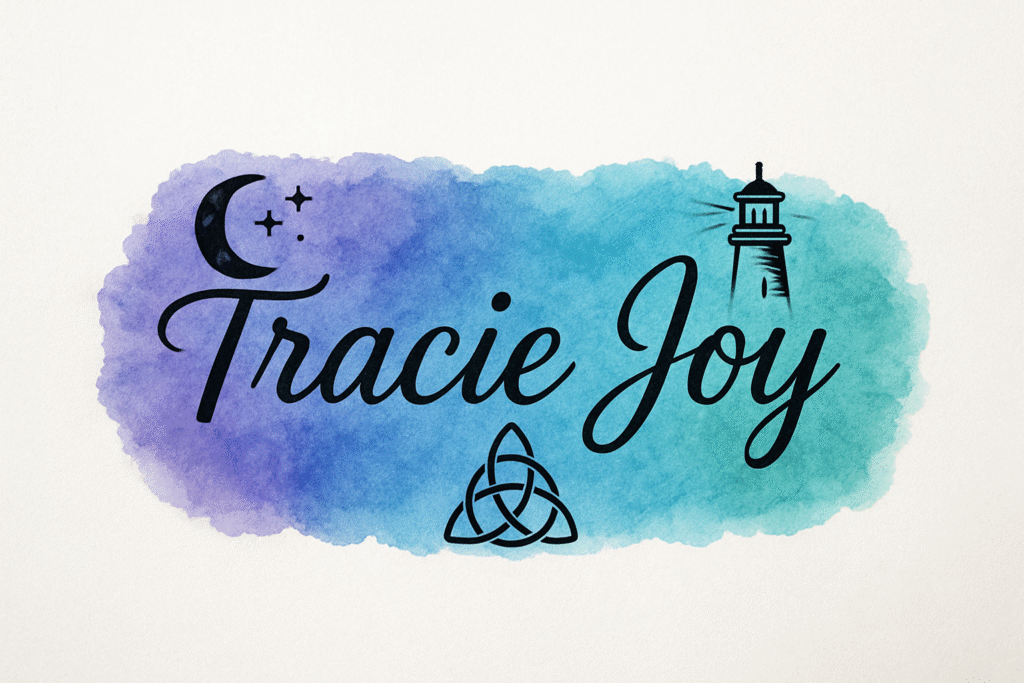7 Proven Strategies to Nail Your Novel’s First Chapter and Hook Readers Instantly
Introduction
Discover how to nail your novel’s first chapter with proven tips that hook readers and keep them turning pages. They say you never get a second chance to make a first impression and nowhere is that more true than in your novel’s first chapter. If you want readers (and agents!) to stick around, you’ve got to nail your novel’s first chapter. This single chapter must introduce your main character, hint at the plot, establish tone, and—above all—hook your reader from the very first line.
Whether you’re writing your first novel or your fifth, this guide offers 7 proven strategies to help you craft a first chapter that captivates readers and keeps them turning pages.
1. Start in the Middle of the Action
Forget long-winded prologues or pages of backstory that explain your world, your character’s childhood, or how the political system works. Today’s readers have short attention spans and a long list of books to choose from—so if your first chapter doesn’t grab them immediately, they’ll move on. That’s why it’s essential to begin your novel in the middle of something happening.
This approach is called in medias res, a Latin phrase meaning “into the middle of things.” Instead of starting at the very beginning of your character’s day or life, you drop your reader into a moment of tension, conflict, or change. This creates a sense of immediacy and motion that compels them to keep reading.
Your opening scene doesn’t need to be a car chase or a life-or-death situation (unless it fits your story), but it should include an event or interaction that matters. Maybe your protagonist is running late for an important interview, arguing with a sibling, sneaking out of the house, or discovering a mysterious note. The key is to start with a scene that has momentum and stakes.
 Example: In The Hunger Games, Suzanne Collins opens the story with Katniss waking up—but not just on any day. It’s the day of the Reaping, a highly emotional and dangerous ritual that determines who will be sent to fight in a televised death match. There’s no slow introduction to the world of Panem. Instead, the tension is baked into the very first scene, and we’re immediately drawn into Katniss’s fear, her family dynamic, and the oppressive system she’s trapped in.
Example: In The Hunger Games, Suzanne Collins opens the story with Katniss waking up—but not just on any day. It’s the day of the Reaping, a highly emotional and dangerous ritual that determines who will be sent to fight in a televised death match. There’s no slow introduction to the world of Panem. Instead, the tension is baked into the very first scene, and we’re immediately drawn into Katniss’s fear, her family dynamic, and the oppressive system she’s trapped in.
By starting with action and implication rather than exposition, Collins forces readers to lean in and ask questions. Who is Katniss? Why is the Reaping so terrifying? What’s at stake?
That curiosity is what keeps people turning pages—and that’s exactly what your first chapter should do.
📌 Related: How to Write Compelling Characters Readers Remember
2. Introduce a Compelling Character Right Away
It seems obvious, but it’s still worth talking about. If you want to nail your novel’s first chapter, you need to make your characters interesting. Your protagonist doesn’t have to be a superhero, a genius, or even immediately likable. But they do need to be interesting, someone readers want to spend time with. That means introducing your main character early in the first chapter and showing them in a situation that reveals who they are through action, thought, or dialogue.
 Don’t fall into the trap of opening with a mirror scene, a weather report, or a laundry list of physical features. Readers don’t care (yet) what color your character’s eyes are or what quirky outfit they’re wearing. What they care about is why this person matters and what kind of story they’re stepping into.
Don’t fall into the trap of opening with a mirror scene, a weather report, or a laundry list of physical features. Readers don’t care (yet) what color your character’s eyes are or what quirky outfit they’re wearing. What they care about is why this person matters and what kind of story they’re stepping into.
The best way to introduce a compelling character is to show them doing something meaningful—especially something that reflects their values, flaws, or desires. Are they taking a risk? Making a hard choice? Standing up for someone else? Hiding a secret? Even small moments can tell us a lot about a character when handled with intention.
For example, in Harry Potter and the Sorcerer’s Stone, we first meet Harry living in a cupboard under the stairs. In just a few paragraphs, J.K. Rowling shows us that Harry is neglected, underestimated, and quietly resilient. We’re immediately sympathetic to him—not because we know everything about him, but because we see his reality and sense there’s more to come.
Or think about The Fault in Our Stars by John Green. The novel begins with Hazel going to a support group she clearly doesn’t want to attend. Her wit, sarcasm, and emotional weariness are on full display in just a few lines, and we know we’re in the presence of a distinct, layered narrator.
💡 Pro Tip: Use decision-making, emotional response, or interaction with others to reveal your character’s core. What they choose to do (or avoid) in the opening moments will tell us far more than a physical description ever could.
Introducing your character with purpose sets the stage for the entire novel. Give readers a reason to root for them, fear for them, or even be fascinated by them. Once that connection is made, your reader will be hooked.
3. Establish the Voice and Tone
Your first chapter isn’t just about what happens—it’s about how it happens. The words you choose, the rhythm of your sentences, and the attitude behind your narration all work together to establish your story’s tone and voice. These elements tell the reader what kind of emotional experience they’re stepping into and set expectations for the rest of the novel.
Is your story dark and brooding, full of psychological depth and moral ambiguity? Is it light-hearted and quirky, filled with snappy dialogue and awkward characters? Or is it rich and poetic, built on lyrical sentences and a dreamy, contemplative mood?
Whatever your story’s vibe, your first chapter should immediately reflect it. That doesn’t mean explaining the mood, it means writing in a way that feels like the story you’re telling. Your prose should act like a movie trailer: setting the emotional tone, introducing the aesthetic, and making a promise about the journey ahead.
Let’s look at a few examples:
-
If you’re writing a YA fantasy, your voice might be bold, fresh, and fast-paced, filled with sensory detail and a touch of humor. Think Six of Crows by Leigh Bardugo, which opens with clever banter, world-specific jargon, and an immediate sense of danger.
-
In a literary drama, the tone might be slower, introspective, and emotionally nuanced. Consider The Lovely Bones by Alice Sebold, which opens with a chilling and poetic first-person voice that sets the tragic and reflective tone right away.
-
A romantic comedy might begin with an awkward moment or snarky internal monologue that showcases the narrator’s voice and sense of humor. The tone is breezy and relatable, promising charm and emotional payoff.
🖊 Tip: Your tone is more than your character’s mood—it’s the lens through which your entire story is filtered. Be intentional with word choice, sentence structure, and even punctuation to reinforce the mood you want readers to feel.
Establishing tone in the first chapter ensures that readers are aligned with your story’s emotional wavelength. If your tone is consistent and compelling, it builds trust between you and the reader—trust that this journey will be worth their time.
4. Hint at the Main Conflict or Story Problem
You don’t need to lay all your cards on the table in the first chapter—but you do need to give readers a clear sense that something important is brewing. Whether your story spans galaxies or stays inside one character’s head, readers should be able to feel the tension—the pull of desire, danger, or disruption—that drives your narrative forward.
In short: What’s at stake?
Introducing stakes doesn’t mean you have to start with the big bad villain or a catastrophic event. Instead, provide a  glimpse of the larger conflict to come. Let readers see that your character wants something—and that something is getting in their way. This simple formula creates narrative tension and encourages readers to stick around to find out what happens next.
glimpse of the larger conflict to come. Let readers see that your character wants something—and that something is getting in their way. This simple formula creates narrative tension and encourages readers to stick around to find out what happens next.
Consider how many bestselling novels begin with personal stakes before expanding into larger plot arcs.
-
In Divergent by Veronica Roth, the first chapter focuses on Tris’s internal anxiety about choosing her faction—an identity-defining decision. We don’t yet know the full political unrest of the world, but we understand her fear and the consequences of choosing wrongly.
-
In Big Little Lies by Liane Moriarty, we start with a kindergarten drop-off—and yet the tone and small hints of scandal, tension between parents, and a mysterious murder investigation create a subtle but gripping sense of impending conflict.
You want your reader to be asking questions like:
-
What’s going to happen if they don’t get what they want?
-
Why does this problem matter so much to them?
-
How far are they willing to go?
📌 Ask yourself:
What does your character want (emotionally, physically, or socially)?
What’s standing in their way (person, system, fear, belief)?
Why should the reader care (what are the consequences of failure)?
These questions help clarify the core tension that will carry your book. Even if you’re writing a slow-burn literary novel, readers should feel a current of urgency beneath the surface. Stakes don’t always have to be life-or-death—sometimes, they’re emotional, like the risk of rejection, the fear of being forgotten, or the desire to find belonging.
💡 Pro Tip: Let your character’s goal emerge naturally in the first chapter. Show it through action, desire, or frustration rather than a blunt declaration. Instead of “I want to win the scholarship,” show your character staring at a rejection letter, hiding it from a parent, or eavesdropping on the announcement of a rival’s success.
When stakes are clear—even in a small way—your reader gets invested. They want to see what happens next. And once they’re invested, they’ll follow your story wherever it leads.
📌 Related: The 7 Secrets to Writing Perfect Scenes
5. Create a Killer First Line
Your first sentence is more than just a line—it’s a handshake, a first impression, a silent promise between you and the reader. Done well, it can stop someone in their tracks and make them think, “I need to know more.”
A strong opening line should do at least three things:
-
Spark curiosity: It poses a question, hints at something unusual, or creates enough intrigue that the reader feels compelled to keep going.
-
Offer insight into your character or world: In just a few words, it can establish voice, hint at the setting, or drop us into the narrator’s perspective.
-
Set the tone: Whether your story is eerie, witty, emotional, or action-packed, the very first line should reflect the mood and energy of the novel.
🔑 Powerful opening lines are often short, punchy, and packed with meaning. They don’t try to explain everything or start with generic weather descriptions (unless that weather plays a thematic role!). Instead, they evoke a mood or situation that pulls the reader deeper into the story.
Let’s look at a few brilliant examples:
-
“It was a bright cold day in April, and the clocks were striking thirteen.” — 1984 by George Orwell
→ This line instantly signals something is off—it’s familiar yet wrong, setting a tone of unease in a dystopian world. -
“I write this sitting in the kitchen sink.” — I Capture the Castle by Dodie Smith
→ Quirky, personal, and visual. We immediately know we’re in the hands of an unusual narrator. -
“They shoot the white girl first.” — Paradise by Toni Morrison
→ Shocking and direct. It raises immediate questions about race, violence, and identity.
Each of these lines demands attention, not by shouting, but by suggesting that something important, strange, or emotional is just beyond the next sentence.
💡 Pro Tip: Your first line doesn’t have to be perfect on the first draft. In fact, many authors return to it once they’ve finished the book and know the story’s heart. But don’t underestimate its power—it’s the first taste of your story’s voice and world.
Avoid these common pitfalls:
-
Starting with clichés like “It was a dark and stormy night…”
-
Giving a weather report unless it’s symbolic or thematic
-
Beginning with a generic description or waking-up scene
-
Overloading the sentence with exposition or backstory
Instead, aim for a line that whispers to your reader: “Come closer. I’ve got something to tell you.” That whisper, if it’s charged with meaning, can do more than any shout.
6. Avoid Info Dumps
One of the most common—and most damaging—first chapter mistakes is the dreaded info dump: pages of exposition that explain everything about your character’s past, your world’s history, or how the magic system works before the reader even has a reason to care.
When writers front-load their novel with backstory, it often grinds the pacing to a halt. It may feel necessary—you’ve spent months crafting your world, your character’s trauma, the political structure of your dystopian city—but sharing it all at once creates distance between the reader and the action. Instead of being immersed in the story, they feel like they’re reading a textbook or a Wikipedia entry.
 Here’s the truth: readers are smart. They don’t need (or want) every detail spelled out in the first chapter. What they need is a reason to be curious. When you withhold just enough, you invite readers to lean in and ask questions:
Here’s the truth: readers are smart. They don’t need (or want) every detail spelled out in the first chapter. What they need is a reason to be curious. When you withhold just enough, you invite readers to lean in and ask questions:
Why is this character afraid of elevators?
What happened between her and her sister?
Why is everyone staring at the mark on his arm?
That curiosity is powerful—and it only works if you don’t explain everything right away.
🎯 Instead, focus on what the character wants right now. What are they trying to accomplish in the first scene? What’s getting in their way? By grounding readers in the present moment, you make them feel anchored, emotionally engaged, and ready to follow the protagonist’s journey.
As the story unfolds, you can layer in backstory gradually, using:
-
Dialogue: Let other characters mention past events or ask pointed questions.
-
Inner thoughts: Show how the past affects the character’s current choices.
-
Symbolic details: A photograph, scar, or heirloom can hint at a deeper history.
-
Conflict: Show how an unresolved issue from the past is shaping the present.
✏️ Example: Instead of saying, “Lena had always been afraid of storms since the night her parents died in a tornado,” you could write:
“Lena flinched at the first crack of thunder. Her fingers curled tight around the doorknob, even though she knew it wasn’t the same house, the same storm, or the same night.”Now we’re curious—and emotionally engaged—without being spoon-fed a biography.
💡 Pro Tip: If you’re not sure whether you’re info-dumping, highlight all the exposition in your first chapter and ask: “Does my character need to know this right now to pursue their goal?” If not, save it for later.
Remember: Backstory matters—but only when it’s tied to emotion and action. By letting readers discover your world and your characters piece by piece, you build intrigue, trust, and momentum.
👉 External Resource: How to Handle Backstory Like a Pro – Reedsy Blog
7. End on a Page-Turning Moment
Your first chapter is your novel’s handshake, but the final paragraph of that chapter? That’s your hook. It’s the moment that either makes your reader turn the page—or close the book.
To nail your novel’s first chapter, you need to end it with intention and momentum. Whether you leave your reader hanging on a cliff or reeling from an emotional reveal, your goal is the same: give them a compelling reason to read “just one more chapter.”
This doesn’t mean every first chapter needs to end with an explosion or a twist. Some of the most effective chapter endings are quiet but meaningful—a raised question, an unresolved choice, a sudden shift in tone, or a haunting final image.
Here are a few ways to create page-turning moments:
-
Raise a question: Introduce a mystery, contradiction, or unknown that the reader wants answered. (Why is her name on that list? Who left the door open?)
-
Make a bold decision: Let your character choose something unexpected, risky, or against their nature. This immediately raises the stakes.
-
Introduce a surprise: Reveal a new character, a shocking detail, or a twist that reframes the scene.
-
Deliver emotional weight: A revelation, confession, or moment of vulnerability can stick with the reader and deepen investment.
-
Leave something unfinished: Start a conversation or conflict—but don’t resolve it just yet.
💥 Cliffhangers are classic for a reason. Whether physical (a knock at the door, a sudden scream) or emotional (a  betrayal, a lie), they create urgency. But don’t underestimate the power of emotional impact either—a character’s private pain, a quiet realization, or a moment of longing can be just as compelling.
betrayal, a lie), they create urgency. But don’t underestimate the power of emotional impact either—a character’s private pain, a quiet realization, or a moment of longing can be just as compelling.
✏️ Example: Instead of ending with “and then she went to bed,” consider this:
“She stared at the text for a long time. One word. Three letters. ‘Run.’”That’s not loud—but it’s powerful. It raises a question, hints at danger, and demands the reader turn the page.
💡 Pro Tip: Think of your chapter ending like a door slightly ajar. You want your reader to feel compelled to peek through it. It’s not just about finishing a scene—it’s about launching the next one with energy and purpose.
Ending on a page-turning note is your invitation to the reader: Keep going. It only gets better from here.
🔍 Bonus Tip: Study First Chapters That Work
If you really want to master the art of writing a captivating first chapter, there’s one tried-and-true strategy that beats all others: read like a writer.
Revisit the books that grabbed you from the very first page—the ones you couldn’t put down—and take a closer look at how the authors pulled it off. When you read as a writer, you’re not just enjoying the story; you’re analyzing the craft behind it. This can give you powerful insight into what makes a first chapter succeed (or fail).
📚 Grab 3–5 of your favorite novels, preferably from your genre, and re-read just the first chapter of each. Ask yourself the following:
-
What’s the hook?
What line, question, or event made you lean in? Did the story begin with action, intrigue, a character dilemma, or a compelling voice? -
How much information is given?
Was the world built subtly, or did the author rely on exposition? How much backstory or world-building was revealed—and how was it integrated naturally? -
What tone is established?
Is the tone funny, tense, lyrical, mysterious? How did the sentence structure, word choice, and pacing help set the emotional expectation for the rest of the book? -
How does the character draw you in?
Are they sympathetic, bold, vulnerable, quirky, or flawed? What do you learn about them through their actions, thoughts, or interactions? Do you want to spend more time with them?
🖊 Try jotting your answers down in a notebook or template. Over time, patterns will emerge—and you’ll start to see which techniques resonate with you and why. This is especially helpful if you’re writing in a particular genre like YA, romance, fantasy, or thriller. The expectations for tone, pacing, and conflict introduction vary across genres, and learning from successful examples helps you align your opening with your audience’s desires.
✨ Pro Tip: Don’t just read recent bestsellers—look at enduring classics and debut novels too. Pay attention to how the first chapter has evolved over time and how different authors handle similar story beats.
And remember: every great writer started as a great reader.
By reverse-engineering the craft of others, you sharpen your own storytelling instincts. You’ll begin to internalize the rhythm of a strong beginning, helping you craft a first chapter that doesn’t just open a book—but opens a door your reader can’t wait to walk through.
📘 Try this tool: The Most Important Word in Your Book – K.M. Weiland
🎯 Final Thoughts
Learning how to nail your novel’s first chapter isn’t just about writing a flashy opening—it’s about setting the stage for an unforgettable story. If you can establish voice, character, conflict, and curiosity in the first few pages, your readers will be more than happy to follow you anywhere.
✅ Remember:
- Action over exposition
- Characters over concepts
- Stakes over scenery
Keep writing, keep revising, and don’t be afraid to rewrite your first chapter after you’ve finished the draft. Start your novel strong, and hook your reader from page one. Make them want to keep reading. You’ll know your story better, and your opening will shine brighter because of it.
📥 Want a Free Checklist?
Download our FREE First Chapter Checklist to make sure your opener hits all the right notes.



